|
Lockdown ushered in many new ways of working, one of them was a move to on-line video communication. Love it or hate it Zoom meetings were the order of the day for many of us. Now, virtual face to face contact is normal. Last week I coached jumpers in Serbia, Hungary, Switzerland and Australia on-line! I’m often asked how this works - can you really coach on-line? Is is possible to do technical sessions and gauge speed, see movement with clarity?? Well. It does work pretty well with some caveats. Here’s what I’ve learnt. It’s best to have either another person doing the filming or use one of the tracking gimbles such as xBotgo. This means that the jumper is tracked which makes it easier to gauge speed and actually “follow” what’s going on. Failing that the jumper wants a tripod. It’s not the best idea to prop your phone up on a water bottle. Where possible you want the camera to be near to the viewing angle you’d have if you were actually there coaching Ie. near eye-level. That connects with your coaching brain even if you are hundreds of miles away. The other contribution to an improved coaching set-up is immediate vocal feedback. We have experimented with the jumper wearing headphones and this has also been a boon as you can really communicate in real-time. Having said that I have been surprised by the ability to hear the jumper via the phone’s inbuilt microphone and speaker. The latest models have really great audio, so even if you have to wait for the jumper to get close enough to the phone’s microphone it’s not as much as a problem as you might think. What however can be a problem is intermittent internet … Experimentation I’ve experimented with Facebook messenger and WhatsApp video calling … although it’s really the quality of the 4G or 5G network that matters I’ve found the latter to work the best. Yes, you do get the occasional blurring but I’d say 90% of the time video quality is good enough. What I often do is film my desktop screen as this makes it much easier to analyse a jump. Other tips: it’s a lot easier if you have also physically coached the jumper as you will have much more of a 3D picture of them and their qualities. I have often had to ask how tall an athlete is for example when I’ve not met them in person. However, you pick it up and usually I can see if the jumper is running faster or moving better - as you would in person. Some of it also comes down to coaching feel and intuition - as would be the case when also coaching in person. So, yes you can coach on-line and it opens up huge opportunities for coaches and athletes. I travel the world to coach from my office chair. I travel the world to coach from my office chair. If you love the sport then it’s wonderful to be in different places and see and hear and work with jumpers who in the past you’d have never had the chance to. In my squad I’ve jumpers from Hungary, Switzerland, Turkey and the US. I find that quite amazing. I travel the world to coach from my office chair. If you love the sport then it’s wonderful to be in different places and see and hear and work with jumpers who in the past you’d have never had the chance to. In a future post I’ll talk about how you actually gain on-line athletes to coach and also other ways to coach on-line. In the video below you'll see some recent on-line coaching examples. Quality does vary but consider that this is 1: via the 4/5G network, sent to WhatsApp and then filmed by my phone from my computer.
0 Comments
Jahisha finishes 10th in European Athletics Championships The atmosphere in the Olympic stadium was electric … thunder and heavy rain darkened the evening sky. As the track and field action was about to start there was an announcement: “Could all spectators leave the seated areas.” For everyone’s safety, proceedings had to be paused. With no cover over about two-thirds of the stadium we were told to head for shelter under the “roofs” (apparently the stadium’s still stunning undulating roof architecture is a reflection of the Alps). The rain lashed and the thunder boomed and then the action started. The noise was very much the same. The German crowd increased the decibel level for all their athletes in a yellow national vest. And this included their darling Malaika Mihambo who was favourite to take the long jump title. I sat close to the pit - row 10 seat 3. As a non-accredited coach with Team GB I had to buy my own ticket (something else to worry about when going the DIY route). It was in a great position. I will, however, say this was not my original seat and I must thanks fellow coach Matt Barton for swapping his with the one I had originally purchased at short-notice once I knew Jahsiha had been selected. Matt had been on the ball months before - hoping one of his athletes Lucy Hadaway would make the team. Although she didn’t, Matt was still kept busy as he had Ray Banigo and Jacob Fincham-Dukes in the men’s final. (What happened to Jacob is real drama … more on that in another post.) The action starts Luckily I was able to make my way down to the edge of the track to talk to Jahisha before and during the competition (as I had done in the qualifying round). She looked good in warm-up, probably better than in the qualifying. I had sent her some messages in the day between qualifying and the final to run in faster in the first rounds and not build across the rounds. There would not be much room for manoeuvre when jumps close to 7m would be likely. Ivana Vuletta, Khaddi Sagnia, Maryna Bekh-Romanchuk, Larissa Iapichino et al were not likely to mess around. The first jumper to start the competition was Vuleta. To me the Serbian looked more relaxed. She flew down the run-up generating great speed, struck the board perfectly. There was a gasp and then applause. The crowd probably didn’t expect such a distance in round 1. 7.06cm flashed up. The applause was slightly muffled. The German crowd was worried. Jahisha was last to jump. Before her Mihambo. I hoped this would not be too distracting. The German’s first effort was in the 6.70’s - not enough. Jahisha sped down the run-up. She hit the board well but the trajectory was too “up” - as opposed to “up and out”. The take-off angle needs to be a relatively shallow one. I spoke to her and told her this and that she needed to “drive up and away”. The direction of the take-off is very much determined by the penultimate step and the setting of the jump, potentially more work was needed on that. In round 2 Jahisha came in harder and hit the board harder still, the result was similar. She over-rotated due to the similar take-off issues increased by her greater speed. Similar words of advice were offered. Are you saying the right thing? You hope that you are saying the right thing. It’s a careful reflection of saying something that will bring about positive change and not too much that leads to confusion, overload or negativity. In the heat of a competition you can’t go overboard on corrective details. Gut feelings I will use gut instinct. As a former jumper I have a legacy of what a good jump feels like; how the run-up should flow … and sometimes you just don’t know when your athlete gets it wrong, and that is when you need to trust those instinctive feelings. I wish I’d have been able to heed those a little more. In the qualifying round Jahisha had fouled her third round effort. I should have advised her to go back a shoe at the same point in the final. She hurtled down the approach hit the board and sailed out to a jump in excess of 6.50m. This would have been enough to make the final. However, it wasn’t, as the jump was a foul. The feeling of despair was overwhelming. It’s happened countless times before … but for some reason this foul hit me more than normal. Of course it hit Jahsiha more. Perhaps it was the seriousness of the competition, perhaps it was the atmosphere … it’s not just the athletes who were running on adrenaline. But that is sport. Mihambo tried valiantly to pass Vuleta and nearly did with her best effort of 7.03m but it was not enough. She peppered the 7m mark on a couple of other occasions too. It seemed to me that she was not leaving the board as well as she normally does. The German always looks unflustered but I very much doubt that she was. Final round The jumpers jumping reverse order makes for an exciting end. Jazmin Sawyers saved her best for last. 6.80m. She moved from 6th to 3rd! Bek-Romanchuk took her last attempt. It was her best … it could have challenged for gold. The Ukrainian screamed in anguish and dropped to her knees. She knew it was a foul. Then it was Mihambo, the crowd were on their feet, the TV screens showed her and the announcer told the story. The German increased her speed, flowing into the take-off at great velocity. Up close you can see just how fast these women are. She hit the board and it was a good jump. However, the crowd knew that it was not far enough. It was Vuleta’s turn to drop to her knees and take in the fact that she had won the European title. For Jahsiha and I the deflation will pass and the thought of being 10th in Europe will shine brighter. It’s is no bad achievement! Again, I wish to thank all of you for helping make this journey to Munich possible. I guess you could say you contributed to our success. To follow Jahisha on Instagram click HERE Thanks to to Clive Thomas who is Jahisha’s US-based coach The VLOG below needs a voiceover and some descriptions - you’ll see Jahisha’s first and second round jumps and Vuleta’s winning leap, plus Mihambo trying to take the lead on quite a few occasions. It’ll give you an idea of the event and mirrors my writing. In time I’ll edit it some more. Jahisha Thomas qualifies for European Championships final!
Recently I wrote about how difficult it can be for me as a supposedly “top UK jumps coach” to make a living from of coaching. (See the post HERE) Well, I was overwhelmed by the support received both in kind and financially. I felt humbled Receiving contributions via the PayPal link I set up from friends new and old, athletes, ex-athletes, parents of current and past jumpers I’ve coached and people from far away places who I didn’t know, was such a help. And helping me travel to Germany certainly seems to have helped Jahisha. Well, it’s not a revelation that having your personal coach with you at a championships is going to likely help. I (we) know the specifics of the athlete, I (we) know what’s been going well in training and competition and what’s not. I (we) also have an ease of communication that a non personal coach would not likely have. It’s that long-term coach-athlete rapport. It’s perhaps more important for the field enters to have this support as the coach can influence the proceedings very directly. Not so much for track athletes when they are hurtling past or hitting the pace lap after lap. No doubt though the friendly face of “your” coach will still be a help. However, as I said in my last blog post British Athletics can’t support all personal coaches to travel to championships - but perhaps there could be a fund that part helps??? Thanks given Hopefully I’ve personally thanked all those who contributed to my journey. Many said in the process that the original post had struck a chord with them (I don’t claim that what I wrote was that original … many coaches feel and have felt the same way for a long time). I guess what it did was articulate and circulate. Maybe some progress will be made but many I communicated with felt disillusioned. They thought little had or will change. After the athlete the coach is really second in the hierarchy of “athletics’ needs” - but that does not seem to be the case. Athletics coaching as a profession is under-recognised and supported. There are few opportunities and the self-developed route - like the one I have taken - is perhaps the only option for those wanting to take the plunge. Perhaps I will write about my journey, successes and failures in another post should this be of use to others. Qualifying The qualifying round saw Jahisha in Pool B which also included Ivana Vuleta and Khaddi Sagnia. Pool A featured the German crowd’s darling Malaika Mihambo. For me seeing these elite women up and close was a privilege. No doubt some of the video I took will find its way into a video on my YouTube channel. I’m a student of the long jump and it’s great to see top class exponents in action. However, I could not let my fan-boy attention be overawed by the presence of Olympic and World Champions - I had my own jumper to champion. Jahisha continued to show the improvement and great form she’s been in. She’d come to Munich off the back of a marginally wind-aided jump of 6.63m (21.ms) in Hungary and it looked like she was rounding nicely into shape. Round 1 saw her jump 6.38m and then running in with the jets nearly fully operational she flew out to 6.57m. This placed her 7th at the time. In round 3 with jets fully lit up, she had to cut her stride to hit the board but not quickly nor quite accurately enough as she fouled what was a very long jump. (Feedback given we hope that this jump can be replicated in the final - without the foul of course.) Waiting Game However, with a few jumpers left to go it seemed comfortable that she’d make the final. And so it turned out to be, albeit with a couple of other women going ahead of her. That 6.57m was good enough to make the final in 10th place. Whatever happens now is a bonus, Jahisha has made the final of a major for the first time. That event takes place on Thursday - a day after you read this post (assuming you’re reading it at the right time 17th Aug 22!). Look out for more views from Munich here and through my other social media and that final … (and hopefully that includes a very long jump). I’d like to finish with another thank-you to those who have supported me getting to Munich To support Jahisha on social media go to Instagram Jahisha also has a US based coach Clive Thomas. Go Team! In today’s YouTube channel video I answer some of the questions which resulted from the video before this (https://youtu.be/ivFQMrT3m6Q) one which looked at how downhill sprints and drills can improve on flat sprinting.
In response to that video I got quite a few comments and questions. The first question: What you can do in a competition environment if you don’t have a down grade to use. In answer to this I explain and detail how you can use plyometrics and weights to create a simialr effect. Plyos would be the obvious choice as they can be done with nothng but yourself! I explain what loadings and reps work best. The second question references what happens if you regularly do downhill sprinting. I talk about the pros and cons and note that all traning sessions should be potentiating. If you’ve any specific questons on this video or any others then do leave them in the section below. It’s great coaching jumpers and sprinters. I’ve been doing this for over 15 years and I’ve had quite a bit of success. I’ve coached a European Junior Champion, had athletes go to the European indoor and soon outdoor championships. I have even produced age group British record holders and numerous internationals across all age ranges. I’ve coached athletes onto UKA funding programmes.
On social media - something that’s often neglected by coaches - I’ve close to 60,000 subscribers. My youtube channel gets thousands of views everyday … yet financially I can struggle to do what I appear to be pretty good at! I’m probably one of the few “professional” coaches in the UK who’s not working for a governing body. Most of us coaches do so for little financial reward. Yes, I have worked for the England, Welsh, Great Britain and Irish federations (and others), but this work is occasional. I therefore make the majority of my money from the athletes I coach and from my social media (and the odd bit of writing … my most recent “proper” job!). Athletics is a sport some say that is in decline … yes, compared to when I was an international long jumper in the eighties and nineties the sport has declined in terms of its global presence on sports top table and also at senior level domestically in terms of strength in depth. However, it is still probably after football the most practised sport in the world. Access to running and jumping and to a degree throwing and vaulting does not require huge financial outlay for most and facilities are often to be found. What’s not to be found in many countries are truly qualified, professional and experienced coaches to coach these athletes. Nearly everyday I get messages from athletes at home and abroad asking me to coach them. Obviously I can’t … and then many will expect this to be for free if I did. It’s hard to fathom how people can expect athletics’ coaches to work for nothing. And coaching can be work. You have training programmes to write, athletes to manage, coaching sessions to supervise often 2-4 times a day. The requirements go on and on. Like many coaches in our sport I will often go out of my way to help those I coach. I feel “responsible”. We don’t want to see talent wasted. Yet, often this is a one way flow. The coach despite being central to the sport often sits on the periphery. I coach Jahisha Thomas in the UK with Clive Thomas her US based coach. Jahisha recently got selected for the European Championships in Munich this August. This is great and I’m proud to have contributed to her development. However, when asked if I could go and support her I got anxious. Stressed, as I will have to find the money to go to Germany myself. And I don’t have the £1000 that’s needed to get there. There is no funding to help coaches go and even when (and if) there I’ll have to buy tickets to the arena in hope that I can help her. The latter factors are understood, British Athletics can’t have accreditation for 100 odd coaches (due to team size). However, perhaps support via other mechanisms should be in place. Perhaps there should be a fund set up to help coaches get to championships … grants perhaps. Something and not nothing. However, there is a fundamental further issue here. We have a professional sport at the elite level that relies largely on amateur coaches at this and all other levels. The “do it for nothing” cohort of coaches of my generation won’t be around forever and younger coaches won’t enter the “profession” if they can’t support themselves. I feel awkward, odd, worried writing this… however, perhaps the hidden (majority) voice should not remain so. There are many coaches who moan particularly about the establishment and the “poaching” of athletes. I’m not one of them … that’s a rather stuck record. Rather I want athletics coaches to be valued to be able to do what they are good at for a living wage. We can’t just think - as many old school coaches do - that charging for our services is wrong. I’m actually guilty here to a degree … I have undervalued myself. How do I know? People have offered me more than I have wanted to charge them and have suggested that I need to if not charge the big bucks at least truly value what a lifetime of knowledge and success has provided me with. (My accountant will be happy I’ve come to this realisation albeit a little late!). One last point: I do coach thousands for free via my social media. At athletics meetings invariably I now get recognised and thanked for the work I do. This also happens virtually from messages received on-line from home and abroad. There is a dearth of accessible on-line coaching material for coaches working at the “real” level of our sport - club and below elite level. What’s the point of knowing how an elite athlete trains and how they improved by a tenth, for example, when a club coach wants to know how to teach a sprinter with no training how to run efficiently! It’s not just athletes who reach out to me for help. If you’d like to help me get to Munich then follow this link: https://www.paypal.com/donate/?hosted_button_id=N6SSLEXAQMGGU Why not become a channel member of my YouTube site and find out through exclusive videos information which will directly improve you as a coach or athlete. |
Categories
All
Click to set custom HTML
|
Proudly powered by Weebly
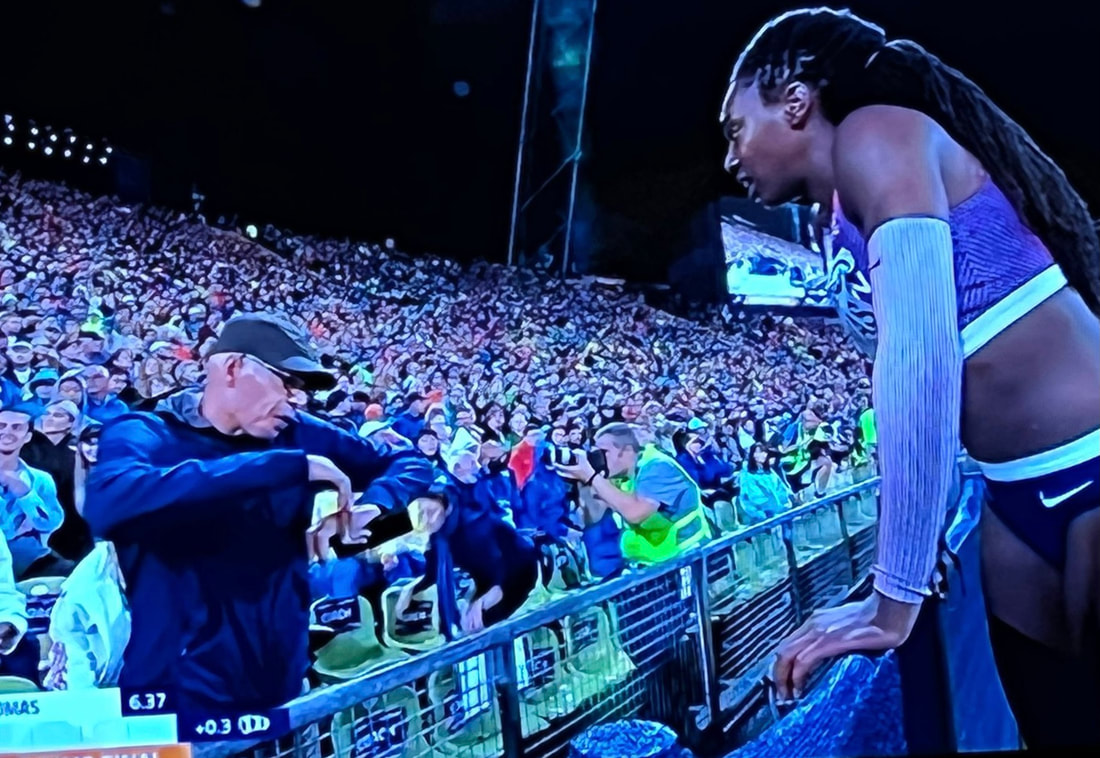

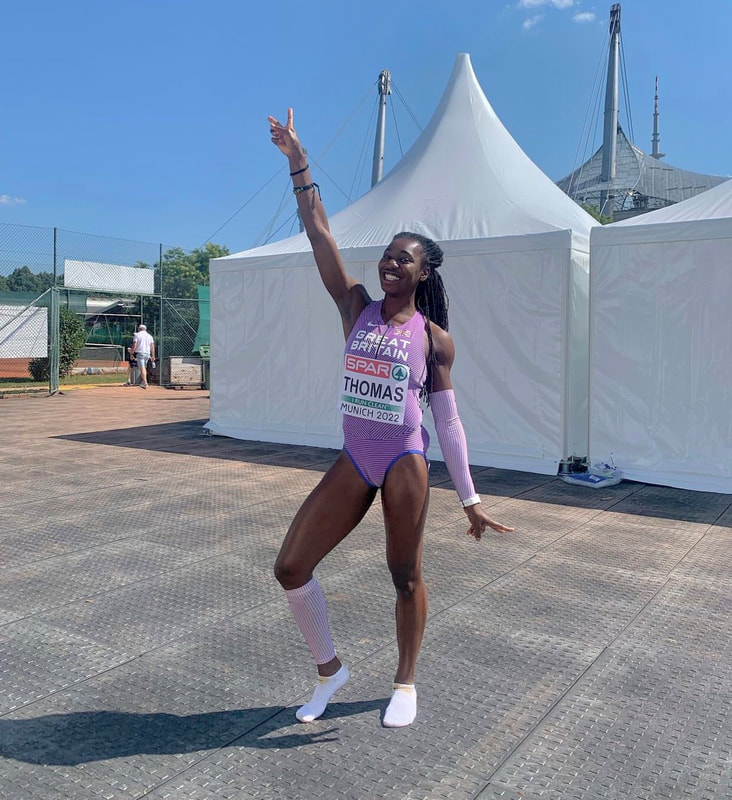
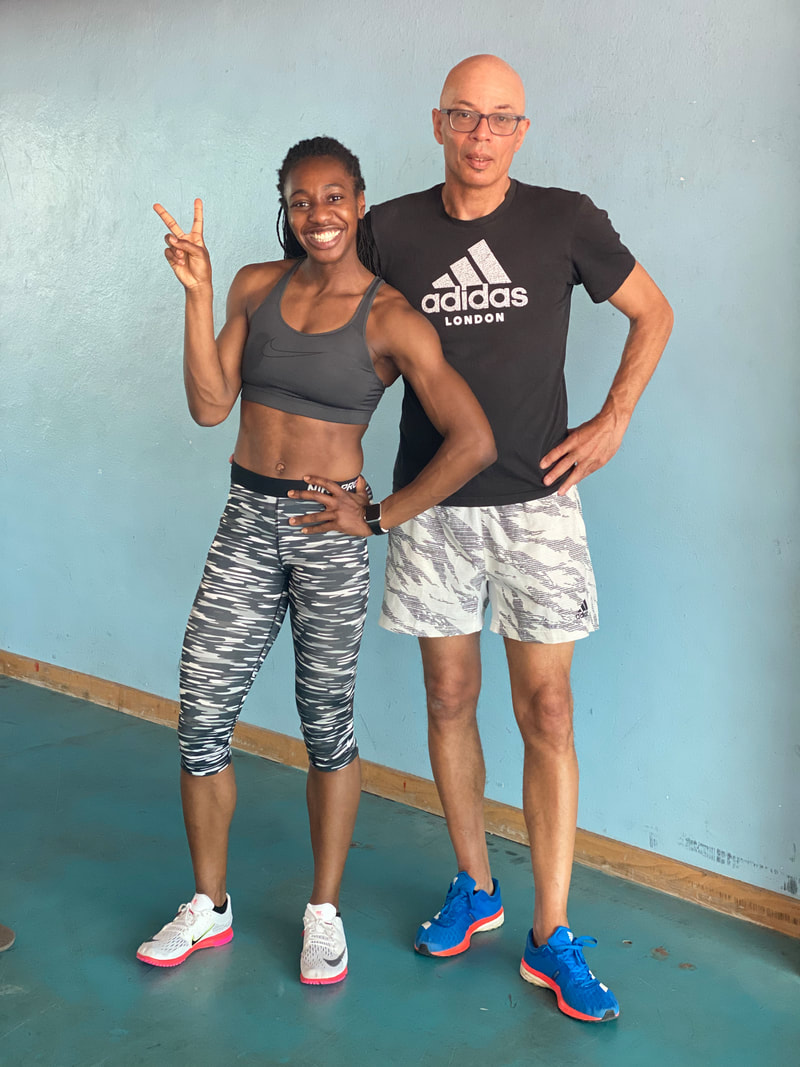
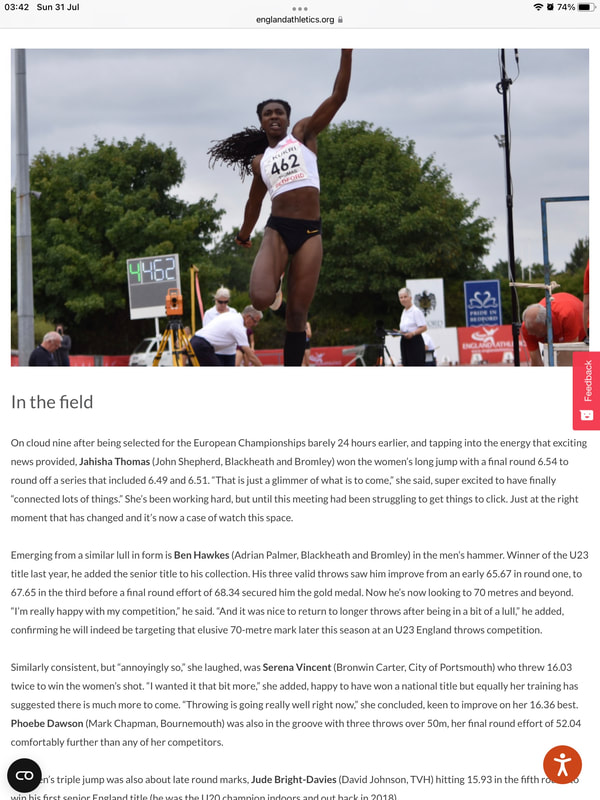
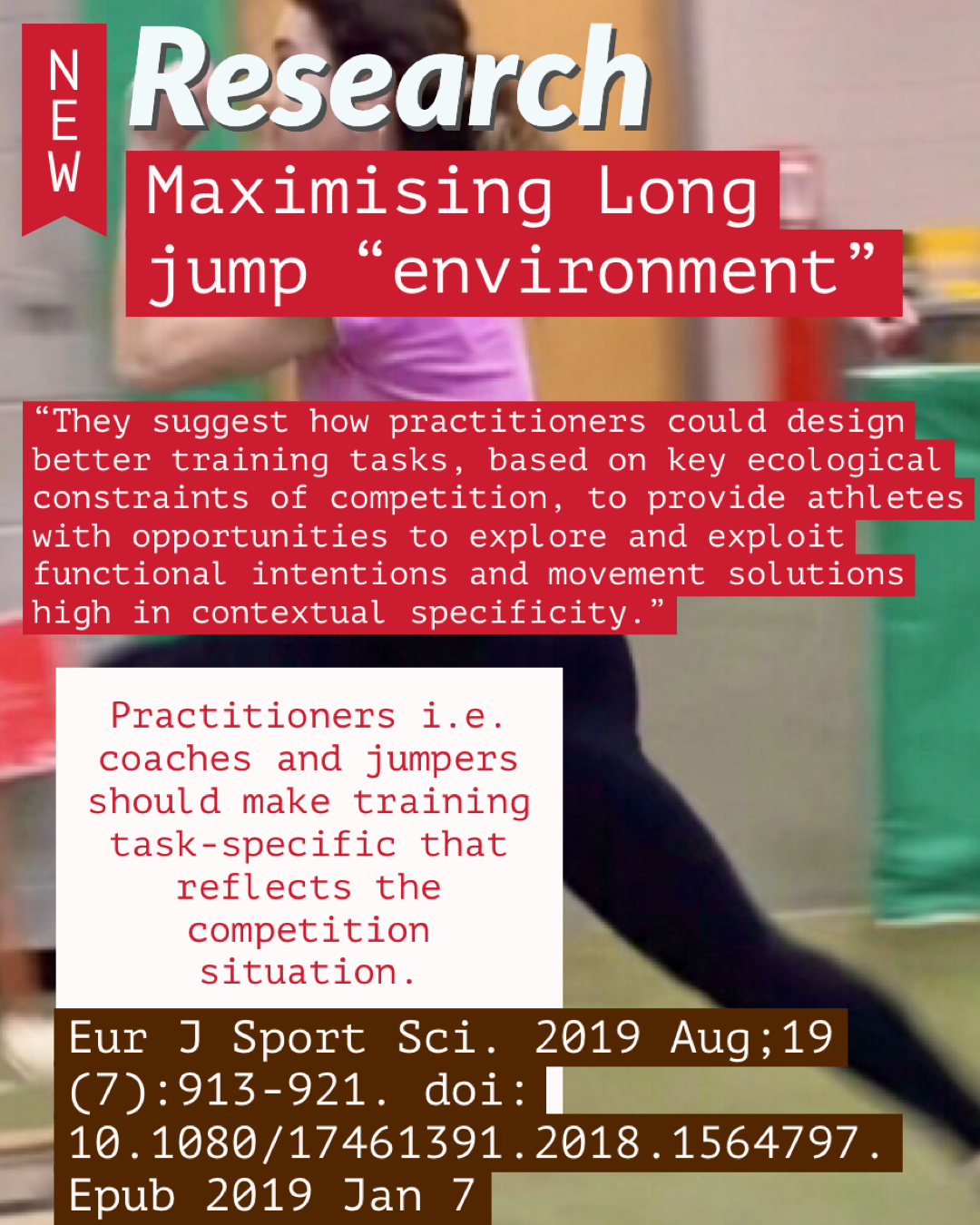
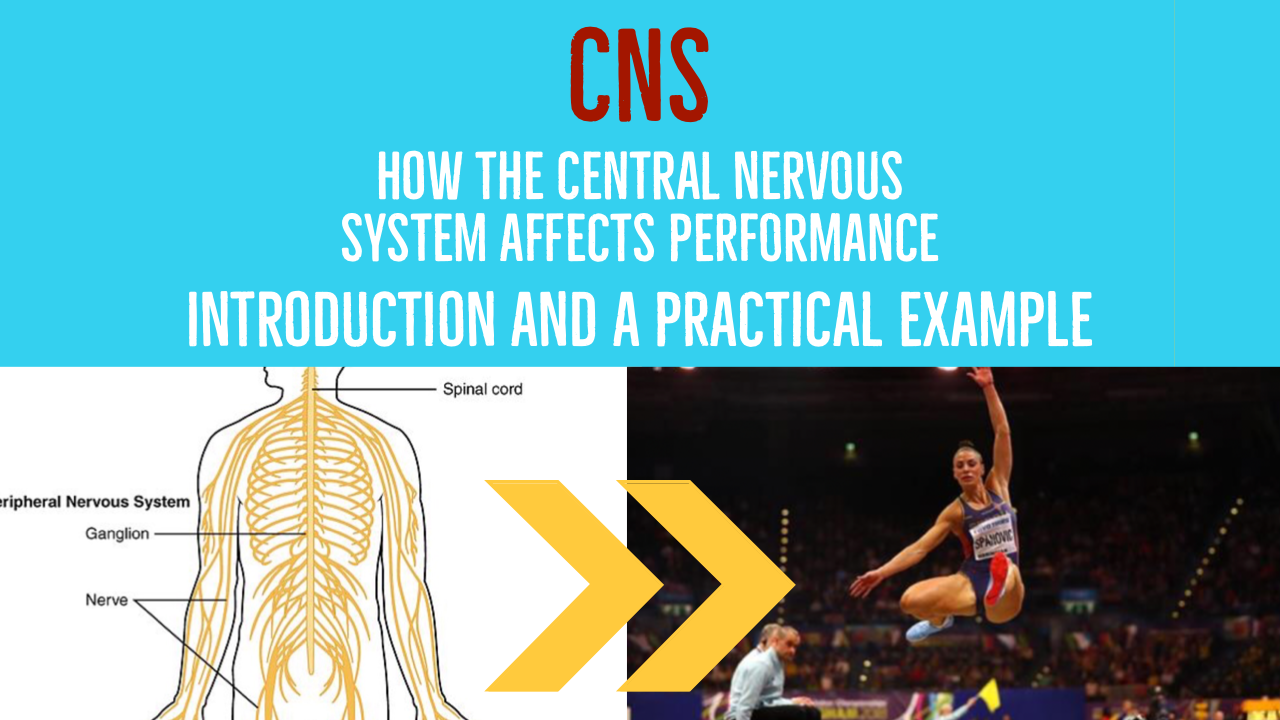
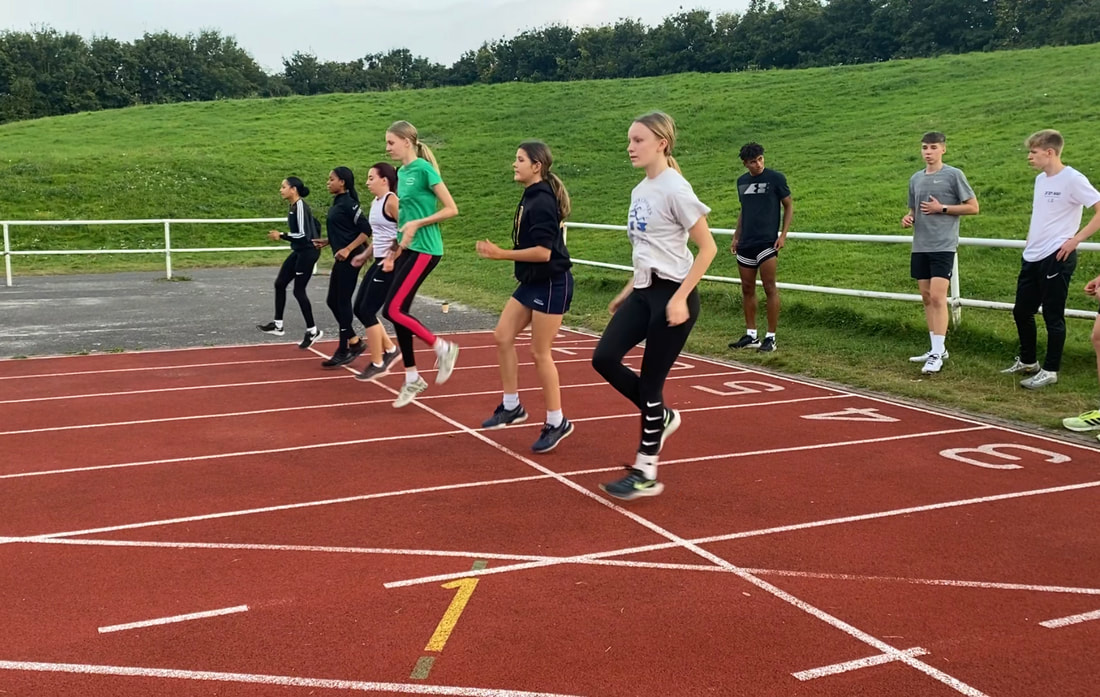

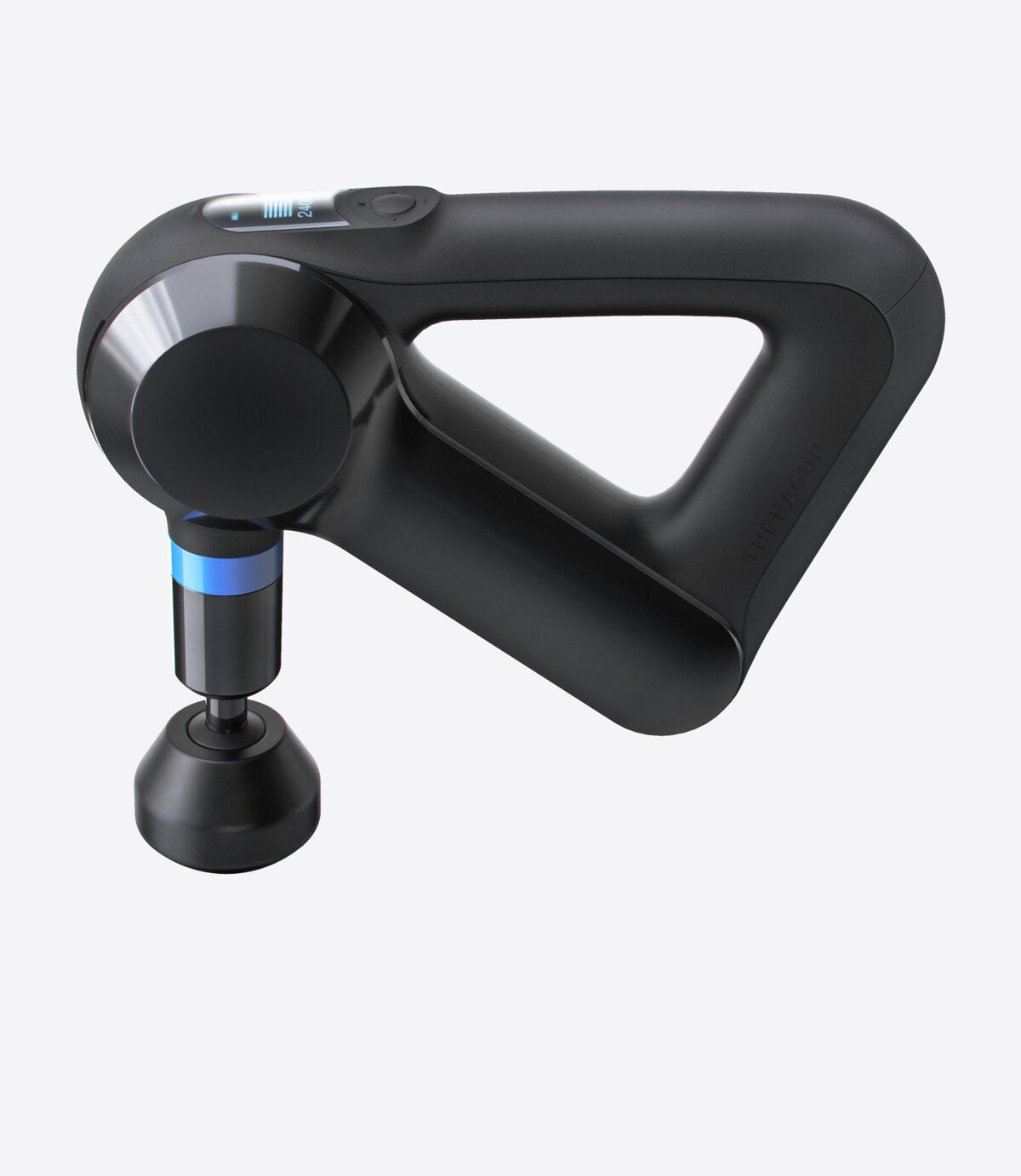

 RSS Feed
RSS Feed
